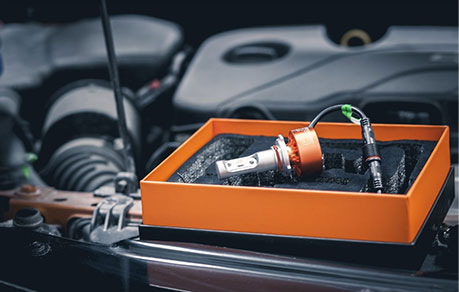Times have changed for manufacturers. While many manufacturers are still fawning over the "inner fitter," they are also showing extraordinary ingenuity during the pandemic -- from meeting the challenges of production, to making key items that meet society's needs, to developing new solutions. "Volatility" has always been the theme of this industry's supply chain and leaders. As they try to adjust to the next normal, industry executives remain under pressure to address long-term questions: How will manufacturing, supply chains and the workforce view the post-pandemic landscape while actively exploring ways to return to work, meet future demand or improve crisis management capabilities?
Industrial opportunities in the post-pandemic era make "connected factories" possible
The pandemic highlights the role of Industry 4.0. Clearly, those who invested early in digital adoption were better positioned to cope with the changing market and people dynamics during the pandemic. Faced with the challenges brought by the epidemic, factory digitization has become the future trend of the industry, and everything is no longer "business as usual".
By breaking down geographic boundaries, the pandemic has created a unique community of engineering and operations leaders who not only understand modern enterprise solutions, collaboration tools and cloud development, but are adept at using breakthrough technologies in their daily work to strengthen production systems and manufacturing value chains. In a predictable operating environment, experienced people collaborate with intelligent machines to greatly improve productivity and deliver superior service to customers, suppliers and employees.
The "connected factory" digital ecosystem is driven by market demands for speed, agility and responsiveness. Today, thanks to advanced technology and equipment, Jabil can use results analysis to optimize resource and operational costs, improve customer experience, and improve visibility into manufacturing processes and product quality to better align with customer needs and value propositions. However, the realization of the connected factory is often not achieved overnight. How to balance the investment and application of technology, talent cultivation and reserve is still a big problem for current executives.
Digital and organizational forces are contributing to a data-driven, predictable environment
According to the World Economic Forum, the global talent gap will reach 85 million in the next 10 years, and manufacturing, which accounts for 22 percent of global employment, is likely to be one of the worst sectors. In China, the shortage of manufacturing talent will reach 22 million in 2020 alone. Interestingly, however, jobs in the industrial sector, including manufacturing, are likely to be among the most sought-after jobs in the same period.
Manufacturing has moved from traditional manual assembly to sophisticated processing relying on modern equipment, and manufacturers are increasingly focusing on upgrading the skills of the workforce as well as technological development. Today, with the convergence of technologies in areas such as operations, information technology and supply chain, the industry has been transformed. The convergence of these different technological forces is also reshaping the future of manufacturing in four ways:
1. Build and strengthen operational capabilities: utilize experts, simplify and standardize processes and seamless operations, continuously improve and optimize operational technologies.
2. Create a digital first culture: connect and manage through digital transformation within the enterprise, and create a corporate culture that makes full use of the power of data.
3. Manufacturing process control and tracking: from material to process control, providing visual end-to-end management for the whole life cycle of product manufacturing.
4. Prediction and prevention of production system: a system that uses artificial intelligence (AI) and machine learning (ML) to predict and prevent manufacturing processes and production systems to obtain foresights and data, so as to improve decision-making ability.
 Common Mold Components Standard
Common Mold Components Standard
 How to choose the right components
How to choose the right components